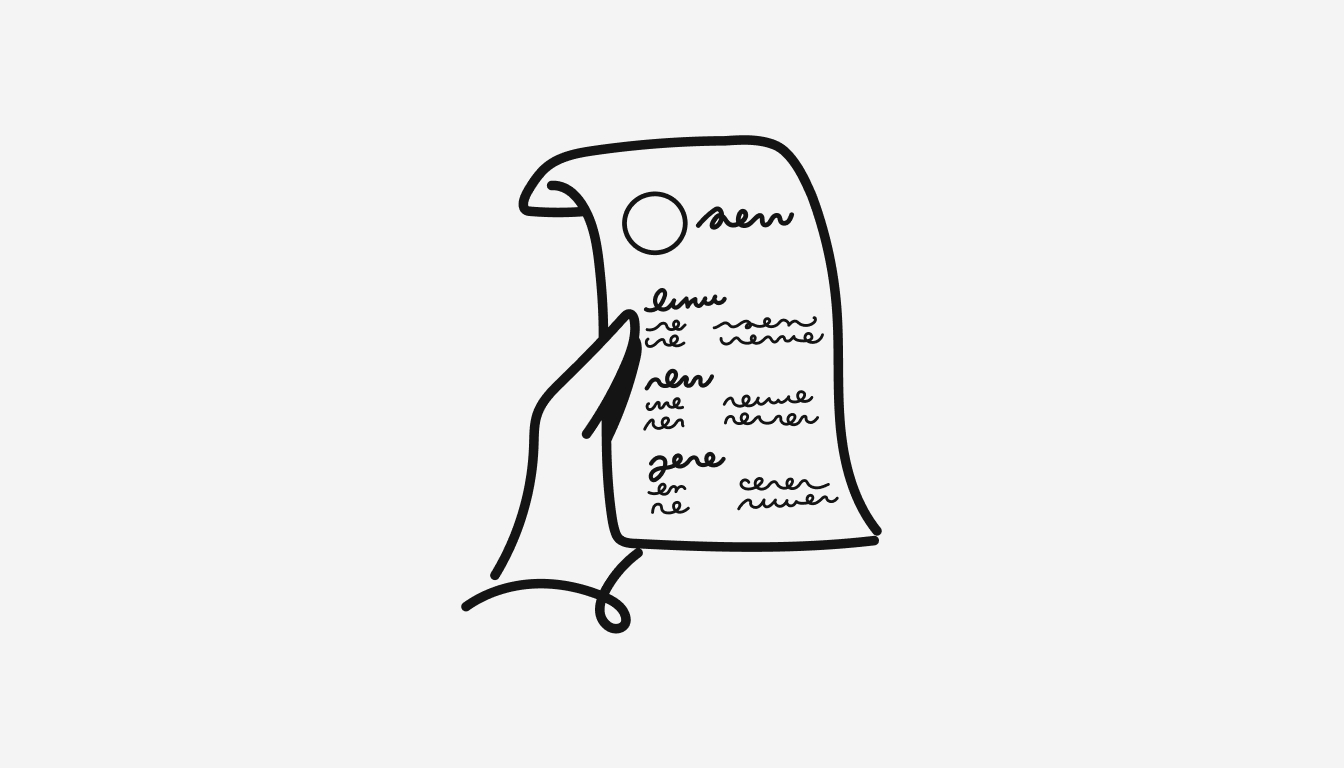How to Read an Artist CV
Bronwyn Hunter-Shortly on November 11, 2022

One key secret to understanding the art world is the artist CV. An artist CV presents critical pieces of information about an artist and their career—if you know how to read them. A CV, which behaves similarly to a resume, can provide insight into an artist’s career and momentum. Knowing how to spot critical acclaim is an important factor when it comes to supporting artists with career longevity.
Reading a CV is like learning a new language and, like with any language, takes practice. Once you get the hang of recognizing signals, CVs will become less overwhelming and more intuitive, helping you decide what artists to collect.
Most CVs follow a similar structure, so let’s break down the different elements:
Biographical information
-
CVs begin with contextual details such as year, place of birth, and the place where the artist is currently living and working. This element can be helpful when differentiating between two artists with the same or similar names.
Education
-
Does the artist have a Bachelor of Fine Arts or a Master of Fine Arts? A Master’s degree demonstrates a specific postgraduate focus and sharpening of expertise.
-
What school did they attend? Art schools, like many educational institutions, have specializations. For example, in the United States, Yale, Rhode Island School of Design, and School of the Art Institute of Chicago are known for their graduate programs in painting and drawing. Virginia Commonwealth University and the University of California, Los Angeles are known for programs related to sculpture.
Solo shows and group exhibitions
-
Many CVs separate solo exhibitions and group exhibitions. This is because there tends to be a bit more importance placed on exhibitions where the artist is the primary focus. Inclusion in group shows is a good sign that the artist is well-respected amongst their peers.
-
Exhibitions can take place in galleries, art fairs, pop-ups, and museums. They are often organized from most recent to least.
-
Museum presence is always a good hint at upwards career momentum.
-
Where exhibitions take place provides a clue as to where the artist’s work is best received. Mostly small towns? Big art centers like New York, London, and Hong Kong? Primarily Europe or Asia? These are all helpful indicators as to where the artist’s market is strongest and if the artist’s momentum is becoming more global. Increased global reception can be a good sign of a strong collector base and patronage.
Career milestones
-
Awards, Grants, Prizes, and Honours: This section of the CV tends to demonstrate the many different ways in which artists can be recognized for their work. These milestones often include recognition by public, private, or academic groups on the basis of elements such as merit or medium.
-
Residences provide an opportunity for artists to develop their practice, often without worry of paying for materials or rent and therefore solely focus on creation. They also act as great community-building experiences.
Bibliography or Press
-
Press and editorial presence are important accolades—helping promote the artist’s work and provide contextual details.
-
Exhibition reviews and interviews in magazines are the most common forms of publication. However, books published by galleries and museums add an extra layer of credibility to this section.
With time, understanding and interpreting different signals on CVs will become easier and easier as patterns develop. Additionally, while important, reading a CV is just one of many layers to understanding art. CV’s are a powerful, confidence-building tool – if you speak the language—especially as you enter into the art world.
